This is a guest post by Leonzo G. Williams, Major (Ret.), Fairfax County VA Police Department
Many local law enforcement agencies across the United States have encrypted all of their radio traffic including routine dispatch, special tactical channels, and training channels. They claim that it “enhances” the safety of first responders and citizens. Although changes in technology allow for encryption at little or no cost, agencies that are implementing it are relying on the unproven assumption that encryption is better for citizens and public safety personnel.
American law enforcement agencies trace their roots to Sir Robert Peel, a 19th century British statesman. He established the first modern law enforcement agency in London. Peel had nine principles on which he based the establishment of an ethical police force. Among them were the following[1]:
- “The ability of the police to perform their duties is dependent upon public approval of police actions.
- Police must secure the willing cooperation of the public in voluntary observance of the law to be able to secure and maintain the respect of the public.
- Police at all times should maintain a relationship with the public that gives reality to the historic tradition that the police are the public and the public are the police; the police being only members of the public who are paid to give full time and attention to duties which are incumbent on every citizen in the interests of community welfare and existence.”
So, what does all of that have to do with encryption? Everything! Robert Peel’s point is that police agencies are a part of the public that serves the public; it is their tax dollars that enable law enforcement agencies to purchase, operate, and maintain equipment including radios and other communication devices. American democracy values freedom and encourages transparency in government operations. Citizens value local independence and control, as evidenced by the absence of a national police force in favor of the establishment of thousands of locally run police forces throughout the country.
We allow citizens to gather information from law enforcement agencies through Freedom of Information Acts and agencies disseminate information via press briefings, websites, social media, and the release of statistical information. Law enforcement agencies establish neighborhood watch groups, citizen academies, auxiliary programs and other community outreach activities to further promote positive interactions with the citizens that they serve.
In this context, full encryption of all police radio systems in the United States runs counter to everything that U.S. law enforcement has historically stood for since its founding under Peel’s principles.
Given the number of local, regional, state, and federal law enforcement agencies, along with fire and rescue departments engaged in public safety activities, full encryption is already proving to be a major hindrance to radio interoperability (i.e., the ability of devices to exchange information). During times of crisis, there may be non-governmental agencies, working closely with first responders, that may also need to monitor public safety frequencies. When full encryption is implemented, interoperability ceases. It returns us to the days when radio dispatch centers called other dispatch centers on the telephone to relay critical, time-sensitive information; agencies are becoming again unable to directly communicate with one another due to incompatible encrypted radio channels.
On January 13, 1982, Air Florida flight 90 crashed on takeoff from National Airport into the Potomac River, which separates Washington, D.C. from the State of Virginia. Multiple public safety agencies responded to the crash, including the (D.C.) Metropolitan Police Department., U.S. Park P.D., Arlington County P.D., and the Metropolitan Airports Authority P.D. Also responding were the Washington, D.C. fire department, the Metropolitan Washington Airports Authority F.D., the Arlington County F.D., Alexandria City F.D., and Fairfax County F.D.
One of the major impediments to the rescue operation was a lack of radio interoperability. From that disaster, first responders came together to develop shared radio systems and digital mobile radio talkgroups (A DMR talkgroup is a way of organizing many radio IDs into a single digital contact). That way, a majority of Washington, D.C. area public safety agencies were able to share radio frequencies, allowing different jurisdictional agencies to communicate in real time as a situation dictated. That ability proved invaluable on September 11, 2001, when multiple agencies were needed to respond to the disaster at the Pentagon and, the absence of encryption, enabled all agencies to communicate directly and in real time.
Now, those same agencies are seriously considering dismantling this capability with a headlong rush into encryption. While it can be argued that if everyone becomes encrypted, all relevant agencies could share encryption keys, allowing them the ability to communicate with each other, the reality is in a crisis situations both government and nongovernmental entities would be left out of the encrypted communication loop and unable to assist public safety agencies. The cost of encryption is not so much financial as it is societal; encryption limits citizen engagement and cooperation.
Also lost is situational awareness among agencies. Before encryption, many stakeholders routinely monitored each other’s public safety channels. Fire departments monitored law enforcement channels to identify and evaluate events that might involve them.
It was a passive, often informal monitoring, but it offered a great benefit. Off-duty personnel and civilian support personnel monitored their agencies or adjoining agencies. On-duty personnel, such as county police officers, could monitor the state troopers that worked in their county or vice versa. This type of monitoring allowed stakeholders to have greater situational awareness and supported a more robust response when needed.
As more and more public safety agencies encrypt routine dispatch radio traffic, this awareness is diminishing. Fire department personnel are not aware of what their law enforcement colleagues are doing until the moment a call is made to fire dispatch. Even then, they only hear what their fire dispatcher tells them, which is only what the police dispatcher has relayed to the fire dispatcher via a phone call. Encryption hamstrings public safety personnel for whom additional background information would enhance performance.
Much has been made regarding the media and encryption. Media outlets have sometimes rebroadcast public safety radio traffic without verifying it. On occasion, reporters have compromised law enforcement tactics in emergency situations. These incidents are unfortunate but not the norm. However, in response, some agency leaders have used them as additional reasons to fully encrypt their radio communications. They feel that preventing media outlets from monitoring public safety radio transmissions is good public policy.
The First Amendment to the Constitution of the United States prohibits government actions that infringe on the freedom of the press. In reality, how does the implementation of total public safety radio encryption square with the ability of members of the press to do their job? In practice, full encryption infringes upon their ability to perform their role as observers and reporters of government actions.
Some agencies state that the safety of their personnel must outweigh the public’s desire to listen in real time to their department’s radio operations. Nevertheless, if you ask these same agency heads if guns should be banned to insure the safety of their personnel, many will cite the Second Amendment, which allows citizens to own guns. If they understand the rights granted by the Second Amendment, how can they not recognize the freedoms guaranteed by the First?
Encryption does serve a valuable purpose in some circumstances. Radio traffic involving national security, presidential protection details, detective and narcotics operations, SWAT incidents and other tactical activities are exactly the types of communication that should be encrypted. Encrypting sensitive radio traffic helps maintain the safety of first responders and the public by limiting opportunities for that type of information to fall into the wrong hands.
However, encryption does not serve a purpose in the day-to-day routine dispatch that makes up so much of public safety radio traffic. For an example a lot of law enforcement agencies establish, or support neighborhood watch groups.
When an agency uses fulltime encryption, how can those groups or any taxpaying citizen become aware in real time of the situations occurring in their neighborhoods? It is meaningless for agencies to state they support neighborhood watch groups when encryption undermines citizens’ ability to be the extra set of eyes and ears for their neighborhoods.
In jurisdictions using full encryption, news outlets without access to real time police radio communications can no longer report traffic jams or incidents in a timely manner; citizens who formerly used their scanners or internet streams of radio traffic to monitor routine police activity can no longer call in useful tips to law enforcement. The slogan, “if you see something, say something®” loses some of its value when interested citizens are left out of the communications loop.
Full encryption breaks the bond between the community and the police as described by Peel[2]. Citizens may question why police in a democracy feel the need to hide all of their radio traffic from the public. It is a fair question. Just as events in Ferguson, Missouri gave rise to concerns about the militarization of U.S. police officers, full encryption generates concerns about a governmental lack of transparency. The existence of the technology does not obligate its use if it negates the government’s responsibility to share information with its citizens.
In the District of Columbia area, the Washington Metropolitan Police Department has encrypted all but one radio channel. However, they have not shown a correlation between encryption and a decrease in crime or an increase in arrests; they cannot demonstrate an impact on the safety of its officers. Yet, all of those criteria were cited as reasons for moving to full encryption. The only measurable difference has been the inability of citizens and other stakeholders to hear routine radio dispatch traffic!
In addition, while much has been made of encryption as a tool to thwart acts of terrorism, there has been no clear nexus there either. The Washington, D.C. police department is encrypted; they were the major first responders to the Navy Yard shooting in 2013. Encryption did not deter the shooter. However, it did hamper radio communications in real time with other agencies called in to assist.
Agency heads and policymakers should think long and hard before allowing our founding principles and beliefs to be trampled by limiting citizens’ abilities to hear any police radio traffic in an exaggerated desire to “keep officers and citizens safe.” Agencies and the public should be looking for data to back up those claims. Has encryption enhanced public or officer safety? Has encryption provided quantifiable gains in a department’s number of criminal/incident reports or in the effectiveness of its other public safety activities?
While there is clearly a role for encryption in public safety, it should be restricted to channels and talkgroups that deal with particularly sensitive situations and tactical matters. It should not be used for routine, regular dispatch. Policymakers should consider this: government agencies cannot operate in secrecy and expect to have public support. There must be transparency and accountability by government agencies that will allow and encourage the public to support them.
Recommendations:
- Public safety administrators should carefully weigh the value of encryption against the significant negative impact to legitimate listeners of public safety radio traffic as well as to its impact on news gathering and traffic reporting organizations.
- Public safety administrators should consider how encryption will affect their agency’s ability to communicate with neighboring jurisdictions.
- Public safety administrators should make their decisions with the understanding that encryption is a tool that protects sensitive information from unwanted disclosure. However, its overuse can compromise the underlying elements of citizens’ trust and confidence in public safety.
- For agencies that have already encrypted all of their radio communications: it is suggested that you end encryption on the main dispatch channel so that citizens and the media can listen in real time to what their local public safety agencies are doing in their communities.
About the Author
Leonzo “Lee” Williams began his 40-year law enforcement career in 1973 in New Jersey. He first “retired” in 2005 as a major from the Fairfax County Virginia Police Department. He returned to full-time law enforcement in 2008, retiring a second time in 2016 as a lieutenant from the Loudoun County Virginia Sheriff Office.
[1] https://improvingpolice.wordpress.com/2015/04/19/the-principles-of-policing-1829/ Peels’ Principles of Policing
[2] One of Peel’s principles is that “police are the public and the public are the police.” The difference is the full-time nature of the police.
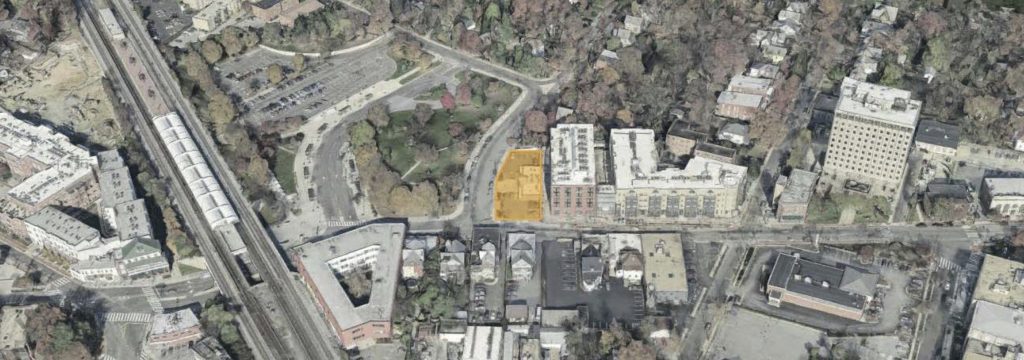
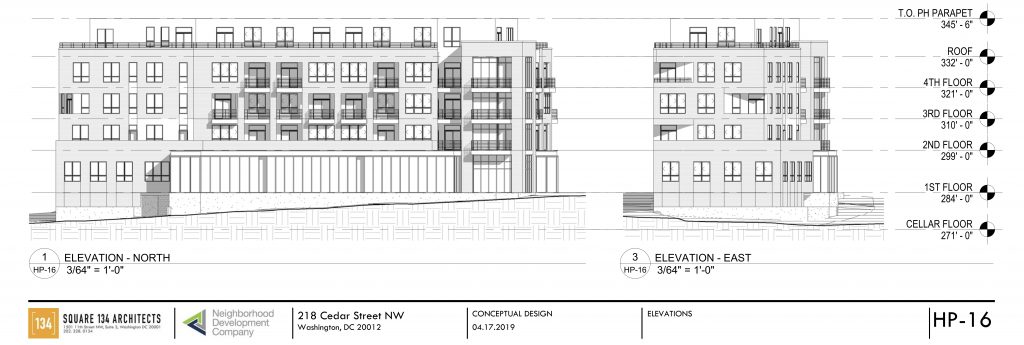
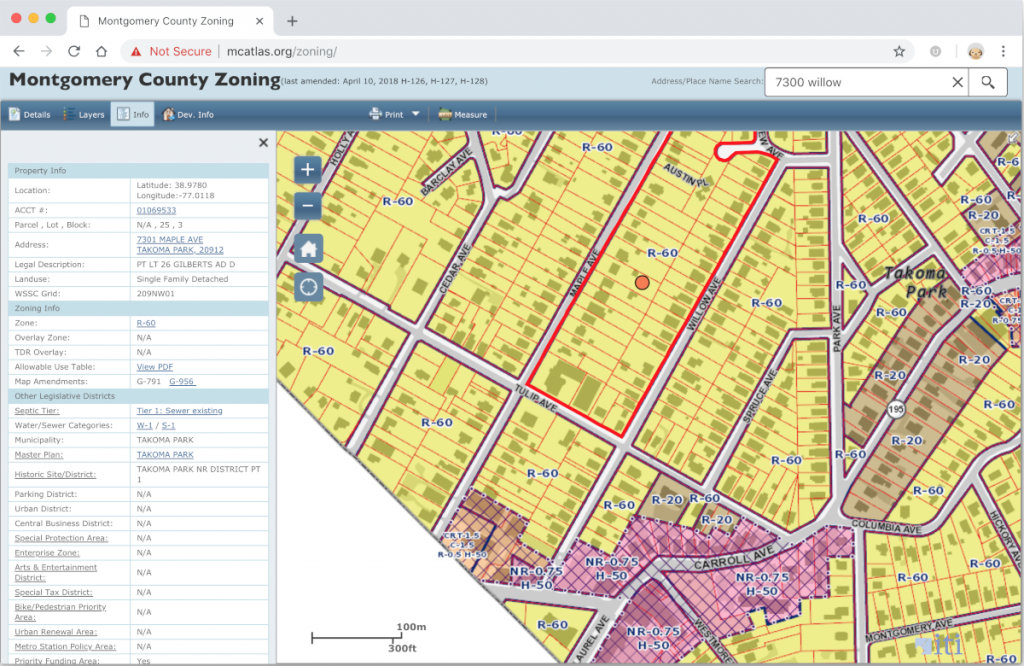
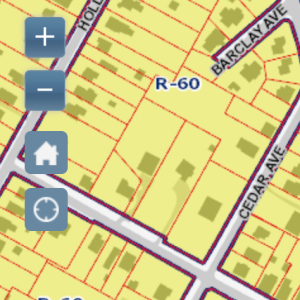
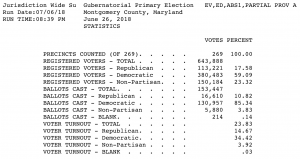

 Conclusion #2: Public finance works, and woe betide a candidate who raises narrowly.
Conclusion #2: Public finance works, and woe betide a candidate who raises narrowly. You can count on me to respond. I'll
You can count on me to respond. I'll 